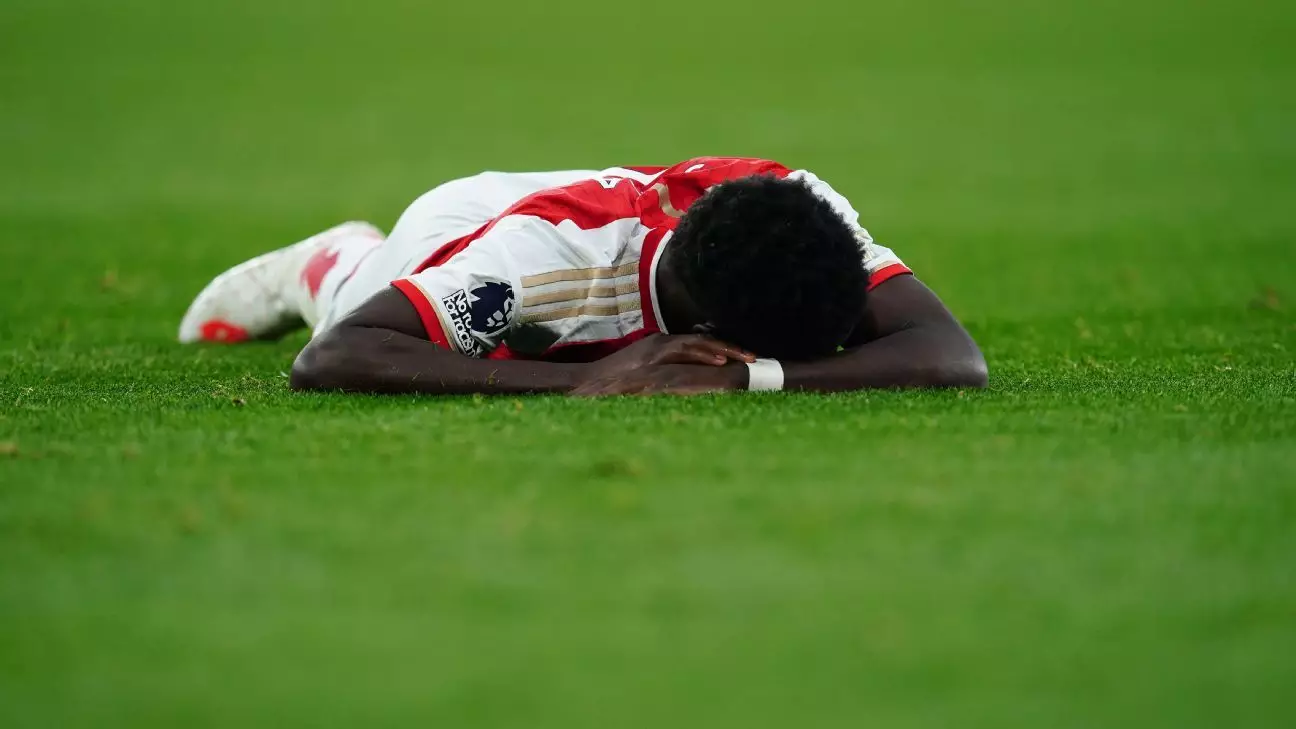Football, a sport loved by millions worldwide, is at a significant crossroads, with the burnout experienced by players drawing increasing attention. Notably, top athletes are openly expressing their frustration over an overwhelming schedule exacerbated by the expansion of club competitions overseen by UEFA and FIFA. This state of affairs raises an urgent question: are we nearing a player strike in football?
The busy football calendar has long been a talking point, but it has now surged to the forefront of discussions among players and coaches alike. This season is set to be one of the longest on record, with the introduction of FIFA’s new Club World Cup, which will take place in June and July in the United States. Its four-week format, which will contest 63 matches, puts added pressure on players. Many, including stars such as Erling Haaland, Kylian Mbappé, and Jude Bellingham, have voiced concerns about their inability to maintain peak performance levels given the relentless nature of their schedules.
Alongside the heavy club commitments, players also face international fixtures and long-distance pre-season tours that often extend their crowded schedules to over 60 matches annually. Balancing league games, cup competitions, and international tournaments has become a strenuous juggling act, resulting in genuine fears of burnout and injuries. This situation highlights the need for a meaningful conversation about player welfare in a sport that increasingly prioritizes profits and visibility.
The distressing aspect of this development is that the concerns are not only voiced by the players but echoed by highly respected managers, including Pep Guardiola and Jurgen Klopp, who highlight the toll that fixture congestion takes on athlete performance. Recently, Real Madrid coach Carlo Ancelotti suggested that players might accept reduced salaries as a compromise for a lighter workload. This statement raises important questions regarding the lengths to which players are willing to go to safeguard their health and careers.
Furthermore, FIFPRO, the global players’ union, has taken a proactive stance, filing legal claims against FIFA over the overcrowded football calendar. The argument they present emphasizes that players are entitled to a reasonable workload, asserting that the expansion of competitions holds no serious justification and primarily serves FIFA’s financial interests.
FIFPRO is not alone in its challenge; leagues across Europe have shown solidarity, arguing that future players’ health and safety should take precedence over expanding tournaments. This collective push against FIFA’s decisions may serve as a pivotal moment, reflecting players’ deep-seated frustrations and illuminating the cracks in the football establishment.
While the desire for change is evident, the possibility of a player strike remains an uphill battle. With numerous stakeholders involved, achieving a consensus among all players, especially those lower down the professional hierarchy who may face financial hardships, complicates coordination efforts for strikes or industrial actions. It is plausible for elite players, who are the loudest advocates for reform, to struggle to garner support from their counterparts in lower leagues.
Crucially, a strike would necessitate a unified front among players from various leagues and countries, all of whom have different economic realities. This scenario presents a challenge for FIFPRO and player unions as they navigate the precarious balance between advocating for top-tier athletes and ensuring the voice of grassroots players is not overshadowed.
Despite the uncertainties that a strike would present, the fundamental truth is that players have immense power in the football ecosystem. The prospect of several high-profile players stepping away from the game could cause considerable disruption, serving as a stark reminder to governing bodies about the critical need for action regarding fixture congestion.
The current timeline for resolving the legal claims against FIFA remains undetermined, meaning that the potential for significant reform hinges on the outcome of these proceedings. Should the lawsuit succeed, it may compel FIFA to reconsider its scheduling practices and prioritize players’ well-being.
Conversely, if FIFA emerges unscathed, players may face an even more challenging landscape regarding their rights and responsibilities. Therefore, the discourse surrounding fixture overload must remain alive and pressing, lest football’s beating heart—the players—be overshadowed by corporate interests.
The unfolding situation in football necessitates urgent attention. Balancing the excitement of competitive fixtures with the health and sustainability of players is not merely a desire but a crucial requirement for the sport’s longevity. Whether through legal means, collective bargaining, or advocacy, players must unite to advocate for an equitable and healthy future for everyone involved in the beautiful game.
